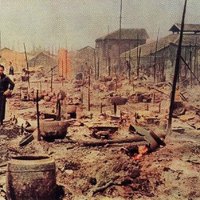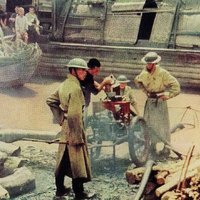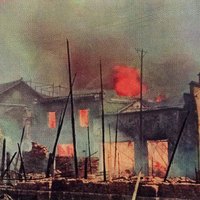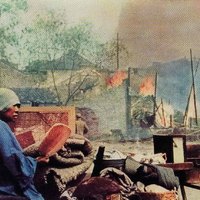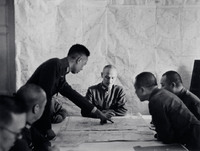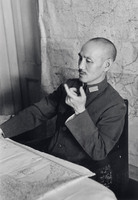Hankou at War
Wuhan, the tri-city area which includes Hankou, Hanyang, and Wuchang, was the operational base and refugee center for part of the Anti-Japanese War. The Yangzi campaign involved a series of strategic retreats. As the Japanese gained more ground, waves of refugees fled into Wuhan. The Yangzi campaign therefore changed dynamics of city both by an increase in population and changes in the forces shaping administration and jobs in the city. Japanese eventually seized control of Wuhan in October 1938. Under Japanese Occupation the city became an operational base for the Japanese. Zhang Zhidong became the city adminstrator and created a cabinet of Japanese-educated officials who successfully maintained order and oriented the economy towards Japanese war aims. In part as a result of this, in 1944, Wuhan was heavily bombed as part of the US's Operation Matterhorn which sought to defeat the Japanese. After the war it took until the mid-1950s and early 1960s for Wuhan to be restored up to its former levels as an industrial center. This section of pages seeks to provide an overview on the effects of war on the city's history including changes in population dynamics, leadership, and how inhabitants interacted with their city.
